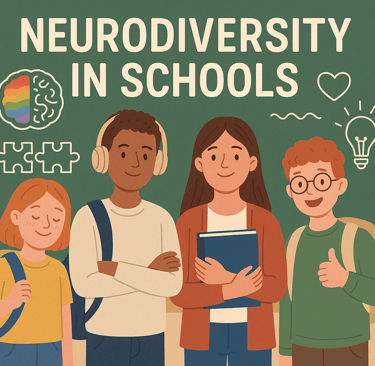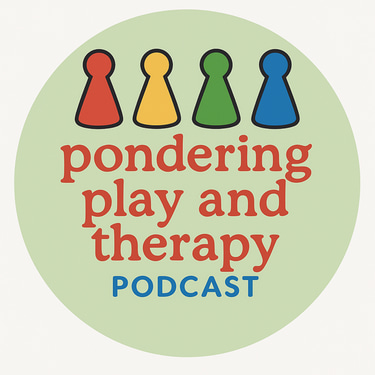Exploring the Intersection of Play, Neurodiversity, and Early Childhood Education
Welcome to our exploration of how play intersects with neurodiversity and its crucial role in early childhood education. In a recent episode of "Pondering Play and Therapy," hosts Julie and Simon delve into the significance of play in their lives, discussing everything from personal experiences to professional insights.
Philippa with AI assistance
8/17/20252 min read


Understanding Play Through a Neurodiverse Lens
Julie welcomes Simon, who identifies as neurodivergent, into the discussion about how play manifests in adulthood. Simon shares how daily activities, commonly perceived as mundane, like sorting and organising, can embody playful elements and provide pleasure. He explains that activities such as organizing postcards or cleaning, traditionally viewed as chores, often hold sentimental value and sensory satisfaction, transforming them into play.
The Role of Play in Memory and Sensory Experiences
As Simon discusses his fondness for Brighton, he illustrates how memory and play are intertwined. He associates specific memories with tangible items like postcards, which helps him connect emotionally to past experiences. This interplay of sensory experiences—such as the pleasure derived from being in the rain—highlights the unique ways neurodivergent individuals experience the world.
Play in Childhood Development
The conversation gracefully transitions into the realm of childhood play, emphasizing its variability based on individual preferences and neurodiversity. Simon points out that what is considered play for one person might be mere routine for another. He elaborates on the concept of "play scales" often used to assess children's play development from solitary to cooperative play, emphasising the need to honour varied play styles without imposing neurotypical expectations.
Neurodivergent Approach to Education
Simon shares his background as an early year’s educator, illustrating how a child-led approach can optimise learning outcomes for neurodivergent children. He reflects on his experience with designing a learning environment that endorses movement and sensory precision, without overwhelming stimuli. This method, he notes, fosters communication and behavioural advancements in young learners.
Bridging the Educational Gap
Julie and Simon discuss the challenges within the current educational system, which often struggles to accommodate neurodivergent learners adequately. While more educators are becoming aware of neurodivergent children's needs, systemic constraints still inhibit full support. Simon proposes a more flexible, child-centred approach in education, urging for better recognition and adaptation to diverse learning needs.
Looking Forward
As the conversation draws to a close, Simon reflects on the progress made and the work still needed in transforming educational practices to better suit neurodivergent children. He expresses his hope of revisiting to share future developments in his advocacy and educational initiatives.
In conclusion, this discussion highlights the vital role of play in understanding neurodiversity, advocating for educational reforms that support diverse cognitive needs. As educational landscapes evolve, embracing such diversity will lead to more inclusive and effective learning environments where every child, neurodivergent or not, can thrive.
